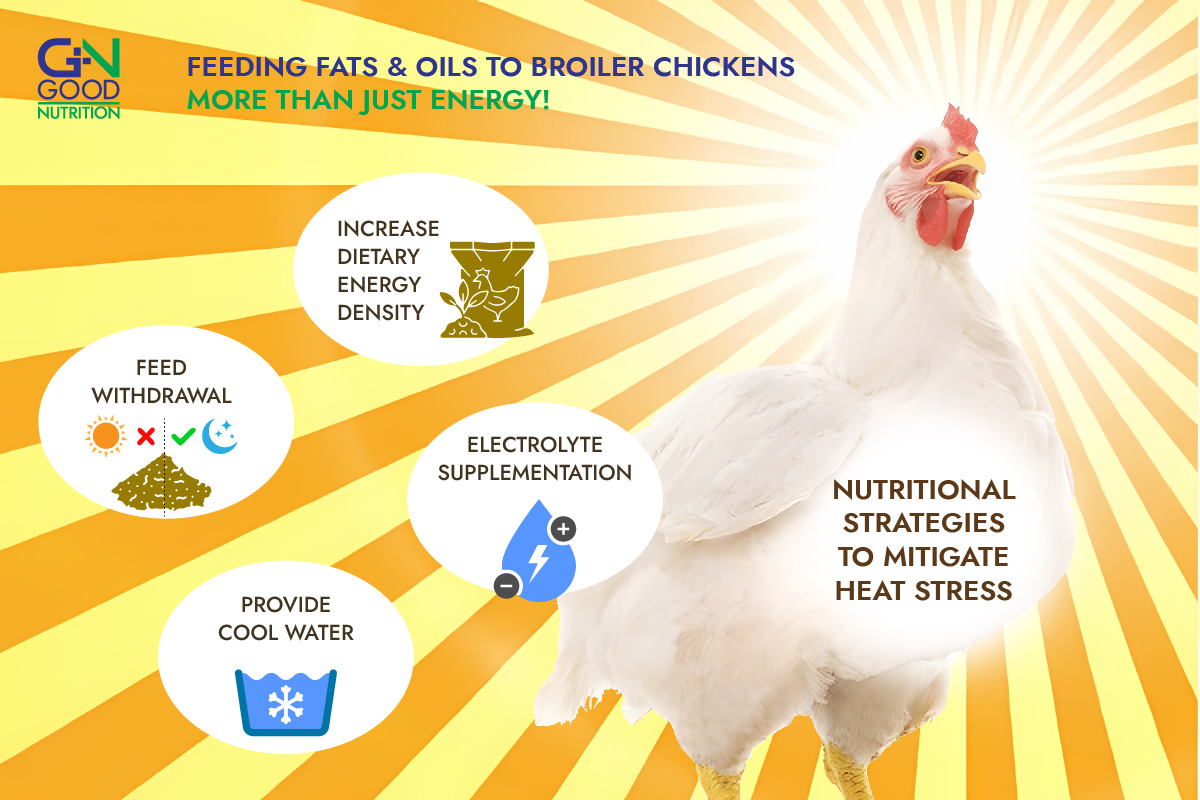When we think about adding fats and oils to layer hen diets, it’s easy to assume their main role is simply boosting energy levels. But in truth, these dietary lipids bring so much more to the table improving egg quality, supporting bird health, and enhancing farm productivity in meaningful ways.
Let’s dive into the hidden nutritional benefits of feeding fats and oils to laying hens and how smart supplementation can lead to stronger flocks and better eggs.
Boosting Egg Nutrition with Better Fatty Acid Profiles
Did you know that what hens eat can directly shape the nutritional value of their eggs? By adding certain oils especially those rich in unsaturated fatty acids like soybean oil we can improve the fatty acid composition of eggs. This means eggs with healthier fat profiles, offering consumers more nutritious options at the breakfast table.
It’s not just about quantity of production; it’s about quality too.
Beating the Heat: Managing Stress in Hot Weather
Hot weather is a major stressor for laying hens, often causing dips in feed intake and egg production. Here’s where dietary fats shine:
Compared to carbohydrates or proteins, fat metabolism generates less heat inside the bird’s body. By increasing the fat content in the diet during the hotter months, farmers can help hens cope better with heat stress, maintaining both their comfort and productivity.
A cooler, happier hen is a more productive one.
Protecting the Liver: Reducing Fatty Liver Syndrome
Fatty liver syndrome is a common issue in high-producing hens, often linked to excessive liver fat accumulation. Fortunately, dietary vegetable oils rich in polyunsaturated fatty acids can help lower liver fat content and reduce the risk of this condition.
Supporting liver health isn’t just good for the bird, it’s good for the farm’s bottom line.
Strengthening Immune Defenses
Fats and oils can play a vital role in enhancing the immune system of laying hens, helping them better resist disease and stress. This boost is especially critical during challenging periods, whether it’s environmental stress, disease outbreaks, or other disruptions.
Healthier hens mean fewer losses, lower morbidity, and a stronger, more resilient flock.
Why Emulsification Matters: Making Fats More Digestible
Here’s a fun fact: fats don’t dissolve well in the watery environment of a hen’s gut. For these dietary fats to deliver maximum energy, they need to be properly emulsified, broken down into small, digestible droplets.
This is where emulsifying agents like Vitalsorb™ Pure come in. With phospholipid components designed to support oil-in-water emulsions, Vitalsorb™ Pure improves the digestion and absorption of dietary fats, especially saturated fats, helping hens get the most nutritional benefit from every bite.
Striking the Right Balance: A Tailored Approach
While the benefits of fats and oils are clear, successful supplementation requires careful balance considering nutritional needs, production goals, and cost-efficiency. It’s always best to consult with nutrition experts and develop tailored strategies that fit the specific needs of each farm.
With the right approach, feeding fats and oils isn’t just about fueling birds with energy, it’s about unlocking their full potential.





